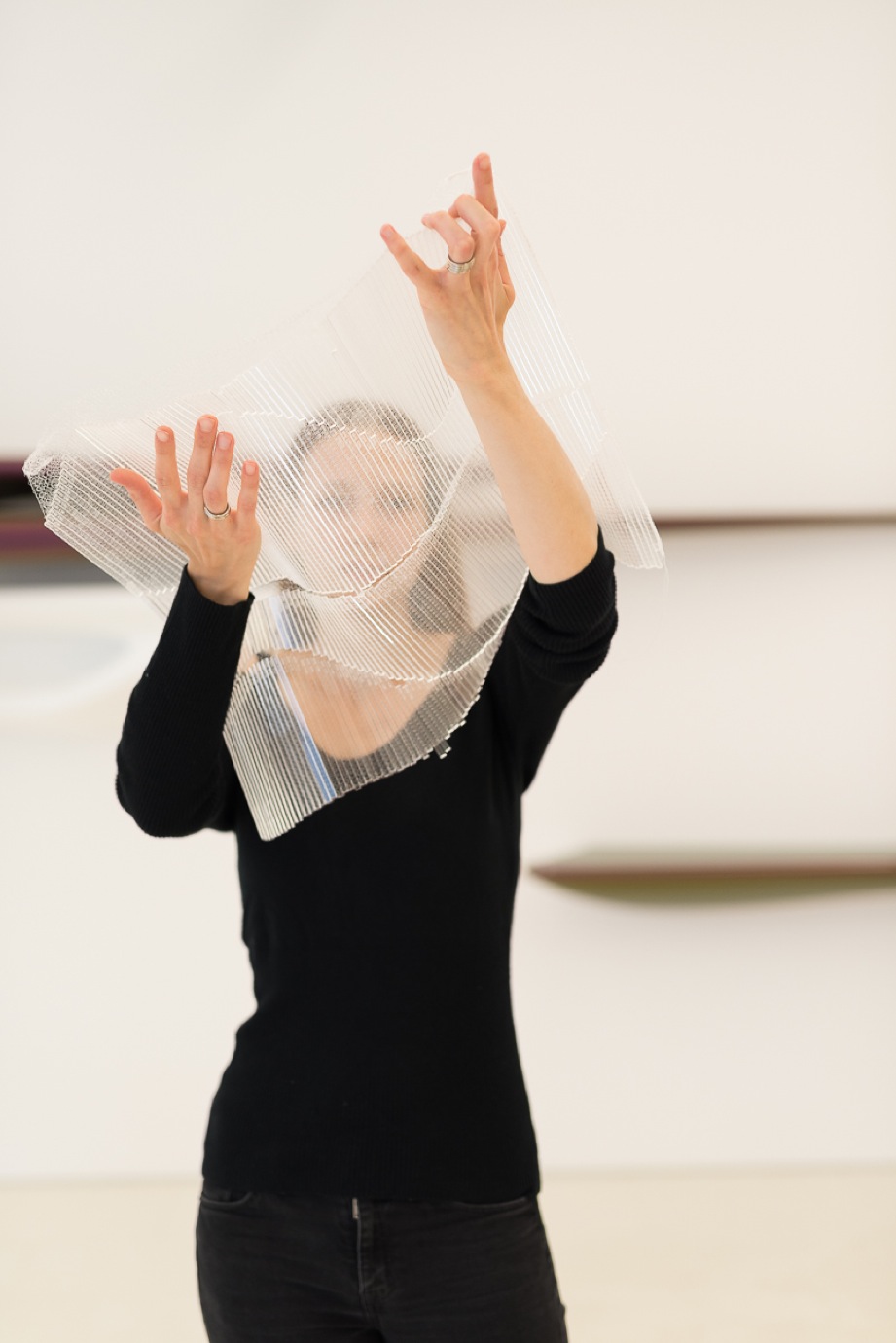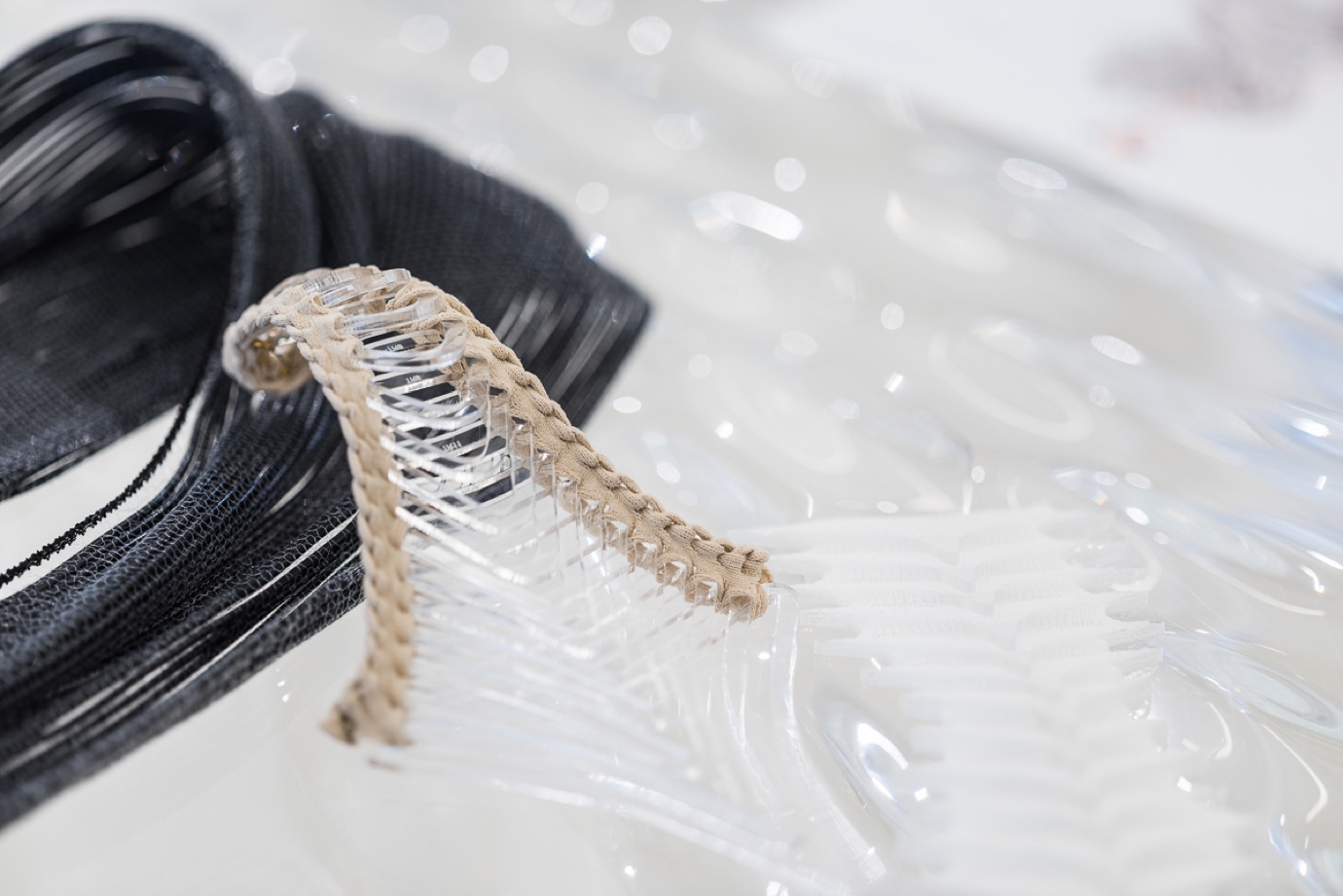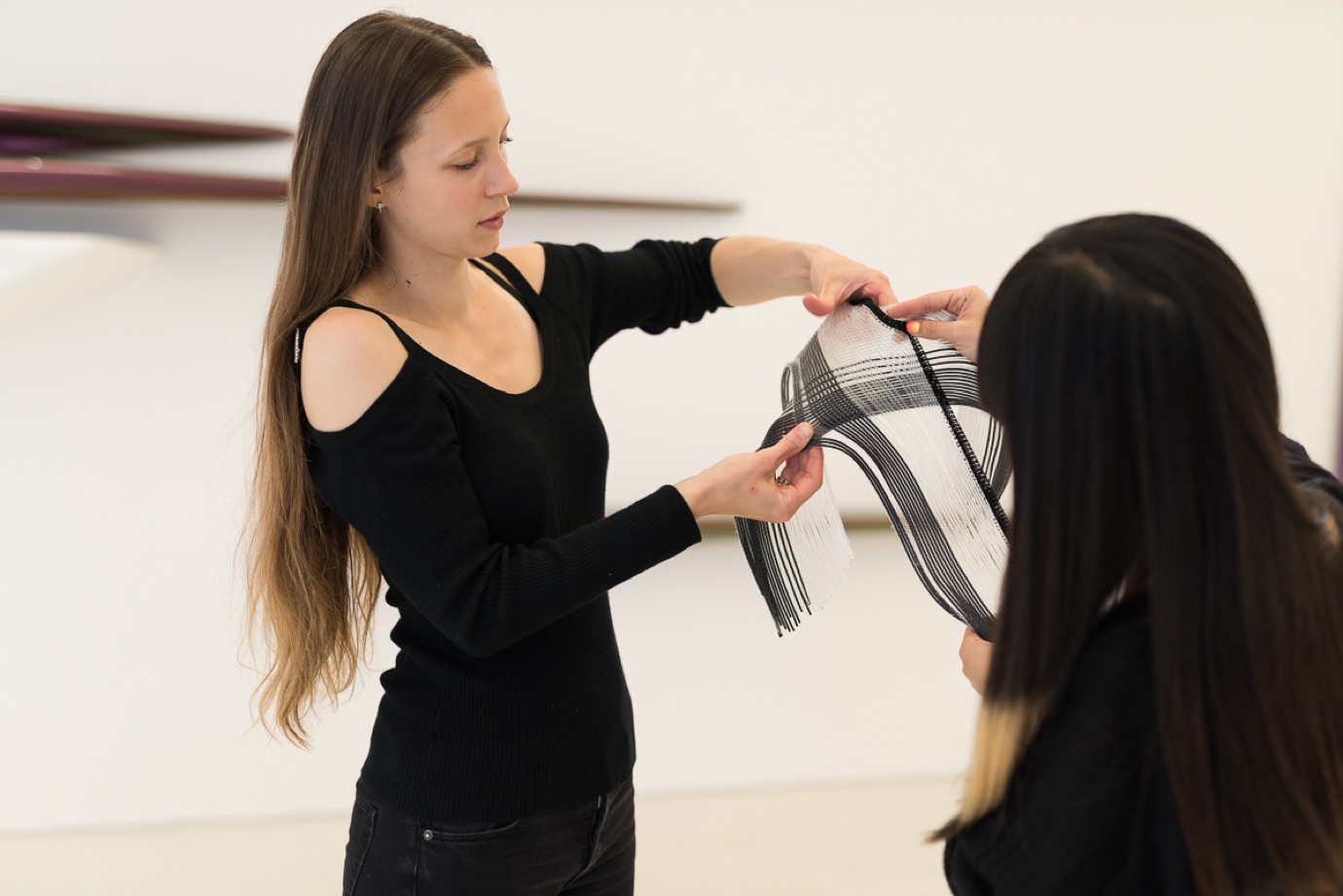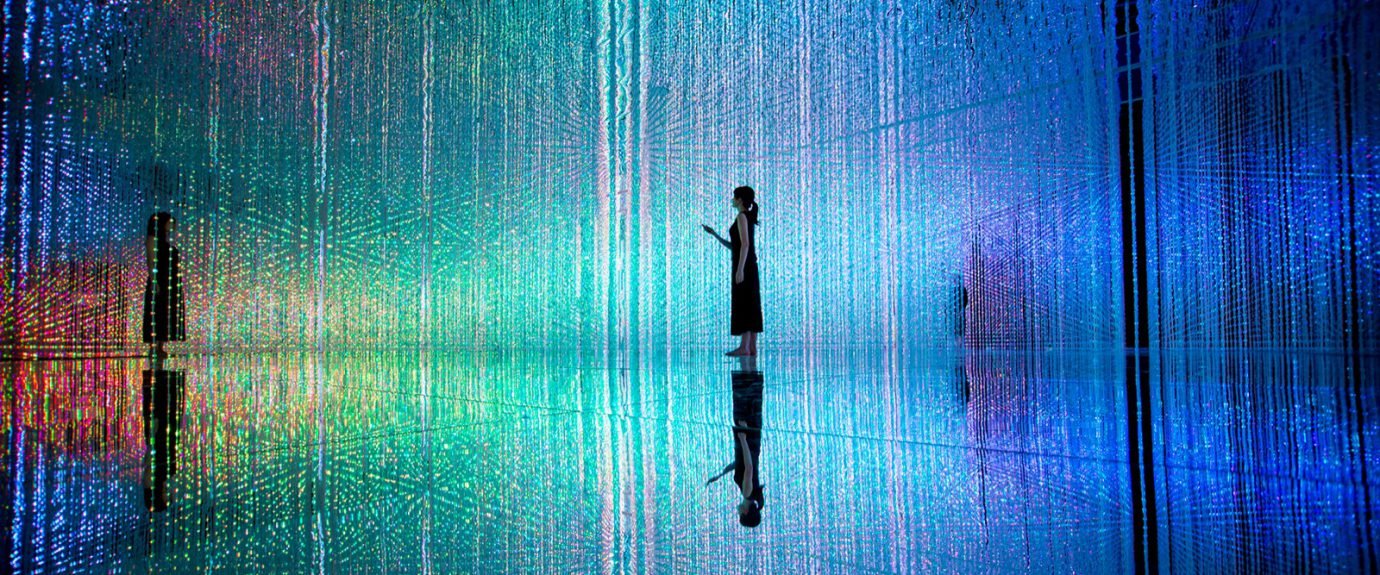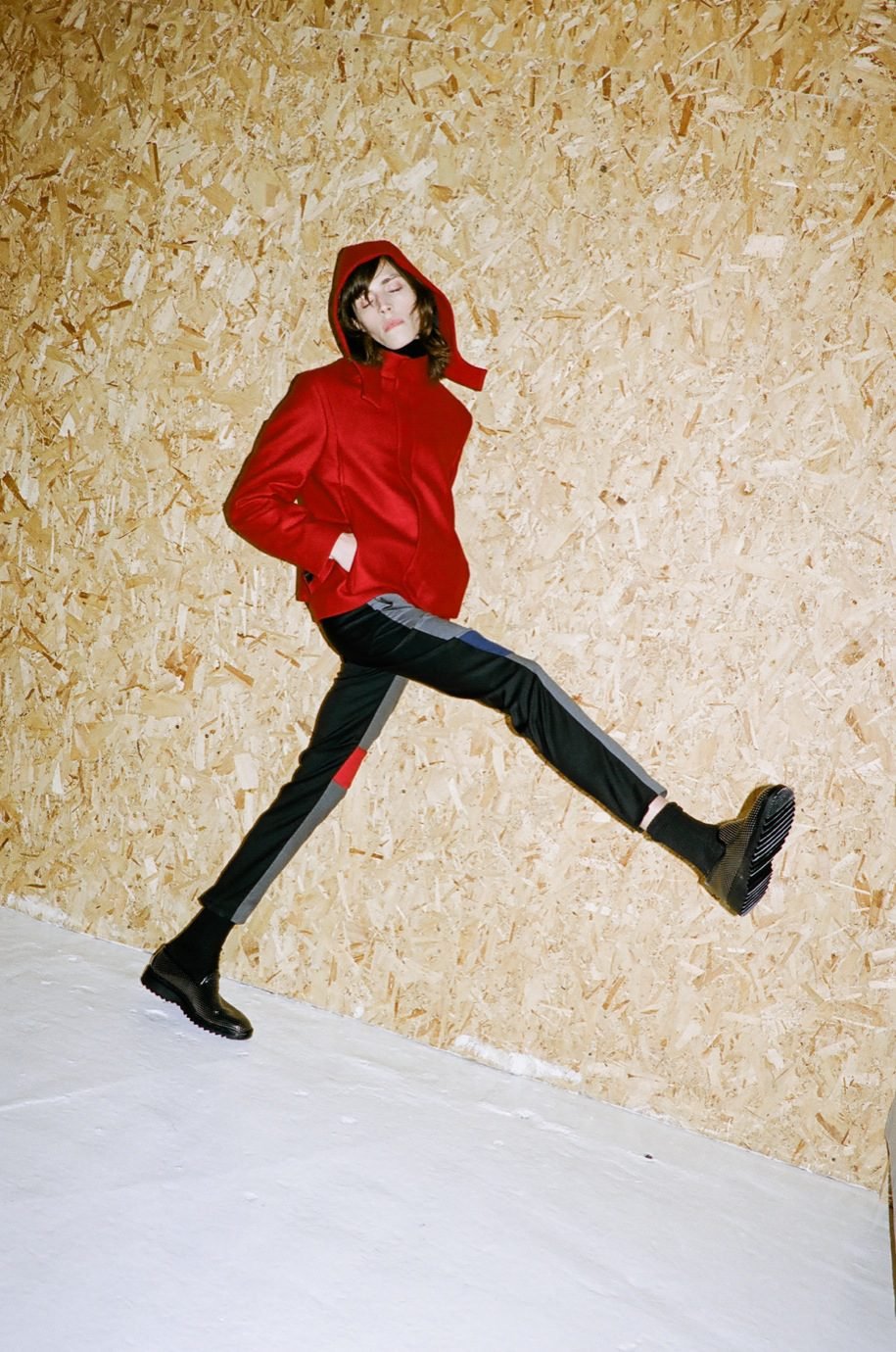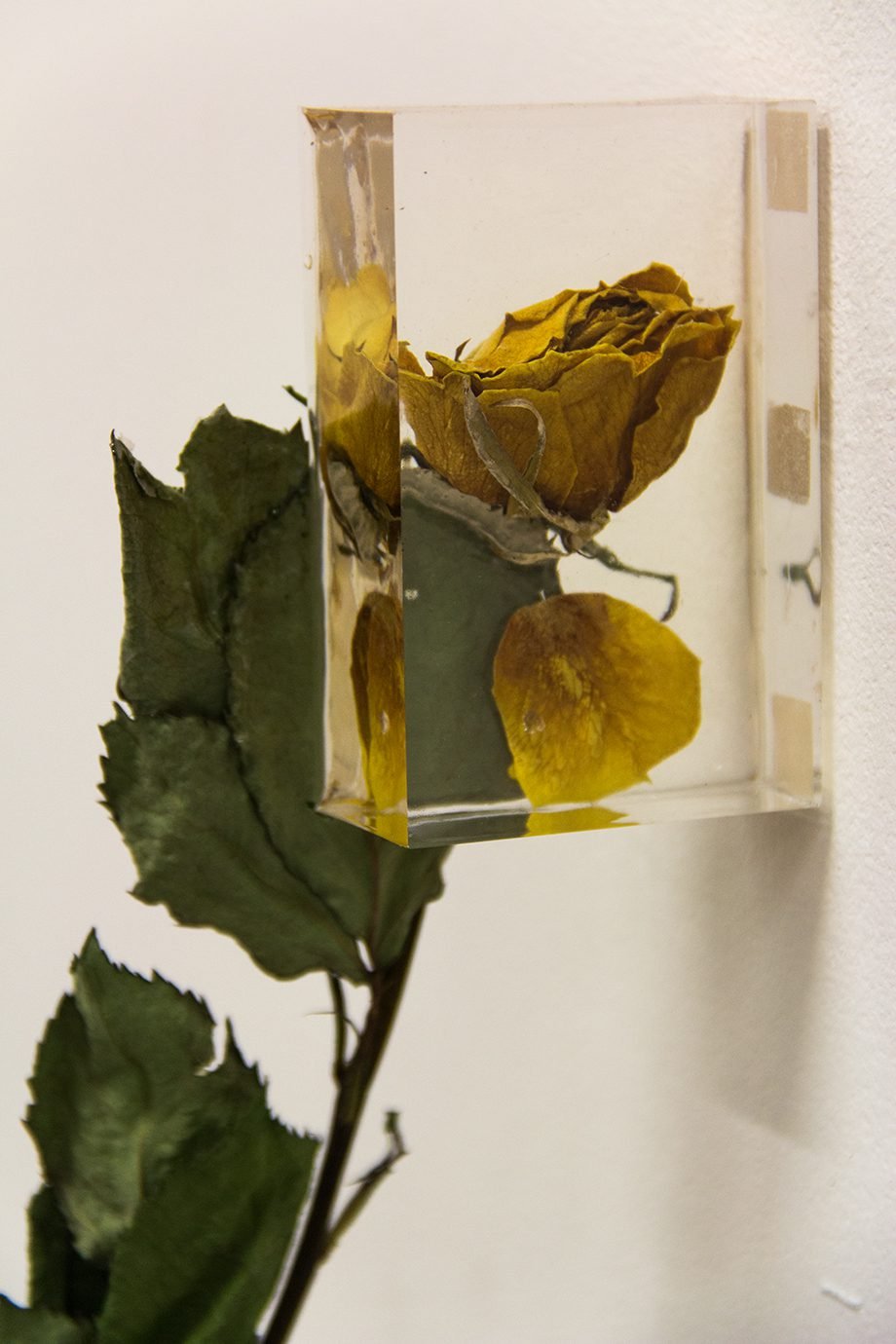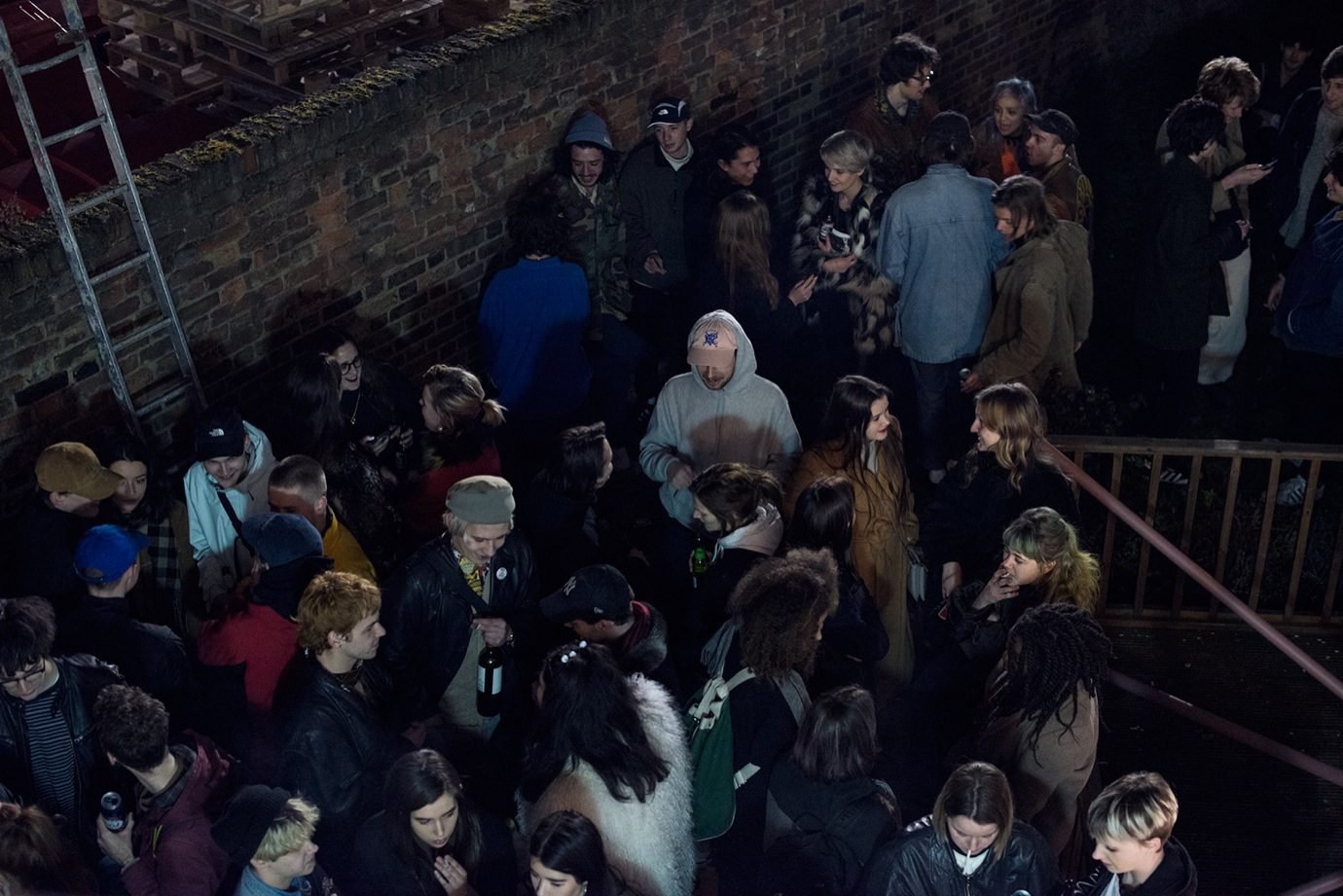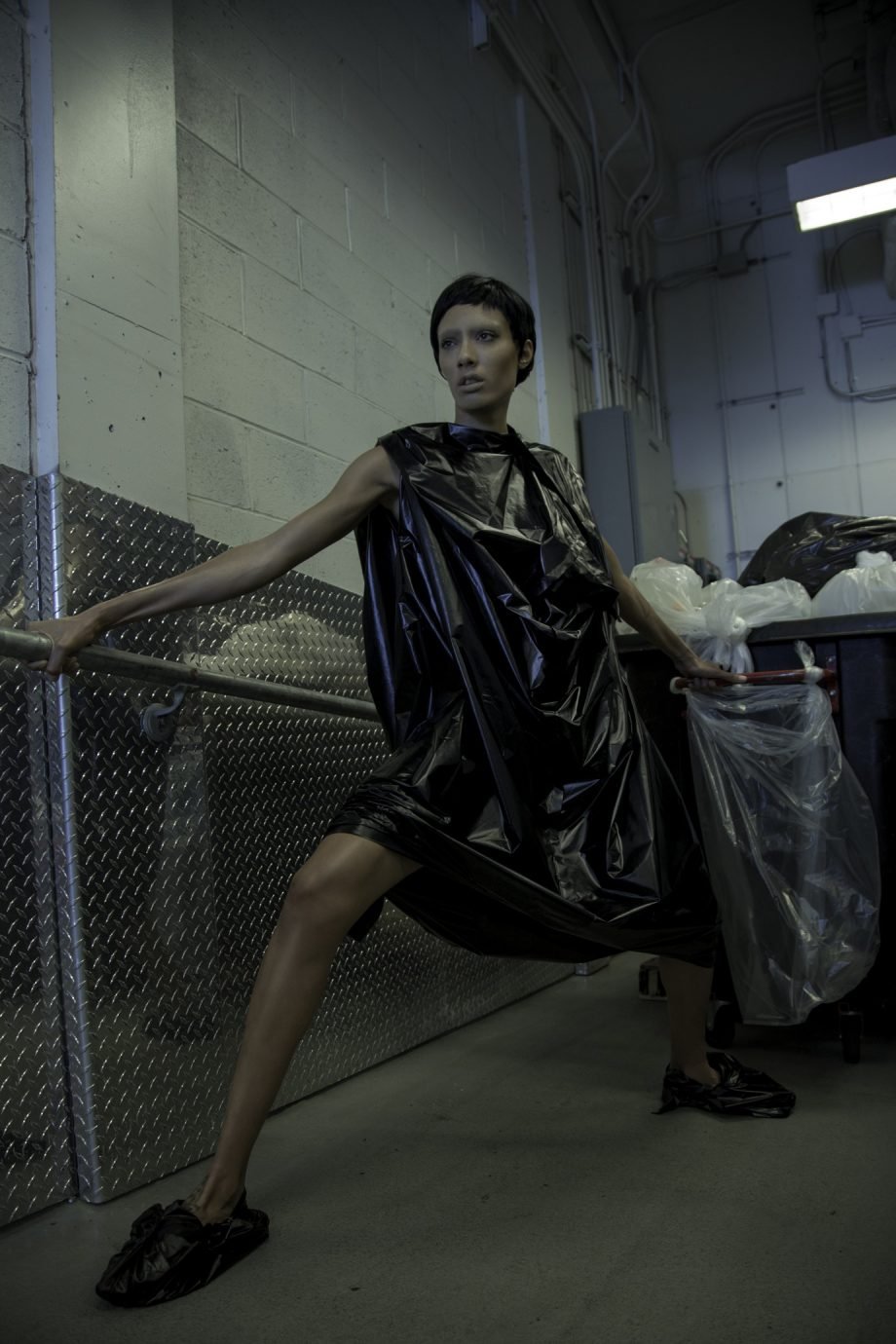“It’s always important to continue to dream, to try to envision the possibilities of the future.”
When the conversations between Stoppard and the creatives started, it was decided that The Extraordinary Process wouldn’t be about achieving a final product per se, but rather about unravelling a certain state of mind. Melodie Leung of Zaha Hadid’s design studio worked alongside Krystyna Kozhoma, mentioned to us that most of the pieces created along the way haven’t made it to the actual gallery, but constituted an important part of the creative process. She explained: “It was all about modes of experimentation that might happen a bit more readily than a giant master plan or a giant building. At the same time there’s also the dialogue between the designers themselves, which is really interesting.”
For Will Pelham, the intersection between fashion and architecture required two very different ‘knowledges’ with regards to the working process, just as it needed different approaches to aspects of transformation, sustainability, presence and durability. “It’s always important to continue to dream,” he reflects, “to try to envision the possibilities of the future. The Extraordinary Process isn’t necessarily about science or integrating technology in clothing, it’s really about ideas and provocations around the future of fashion in light of developments in these fields.”
“Real innovation comes when you try and reach outside of the box, outside the industries that you’re used to work in.”
However, not every piece in the exhibition reflects the technological aspect of futurism in architecture or fashion design. Phoebe English, for instance, took a slightly different approach with her installation ‘Shelter’, which is based on the idea of a shell “as a safe, protective space”. She envisioned a future world where natural resources could be used to create a completely self-sustaining environment. Nasir Mazhar responded to the exhibition’s brief by focusing on our society’s obsession with curating virtual alter-egos via social media and how fashion responds to this. The AA Research Lab (Zaha Hadid’s alma mater) contributed with an installation of ‘morphing starfish-shaped soft robots’, where the architects treated the issue of the real identity and authenticity by wiring up mobile microphones.
What’s certain is that for all designers involved, discovering new approaches to their discipline helps them to not continually operate within a fixed framework. As Melodie says, the real innovation comes “when you try and reach outside of the box, outside the industries that you’re used to work in. In that sense, never losing the drive for doing new things and understanding the world differently are all elements of creation and provocation as a triggering force. This kind of instigation can be wonderful.”
To catch The Extraordinary Process, which closes this week, head to Maison Mais Non @ 14 Greek Street, London, W1D 4DP!


